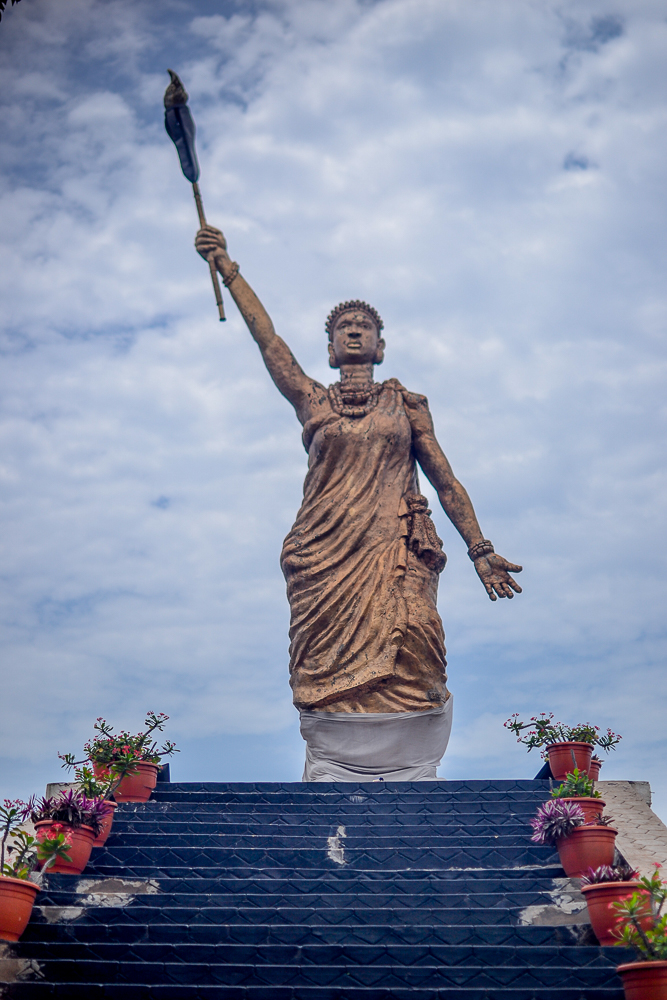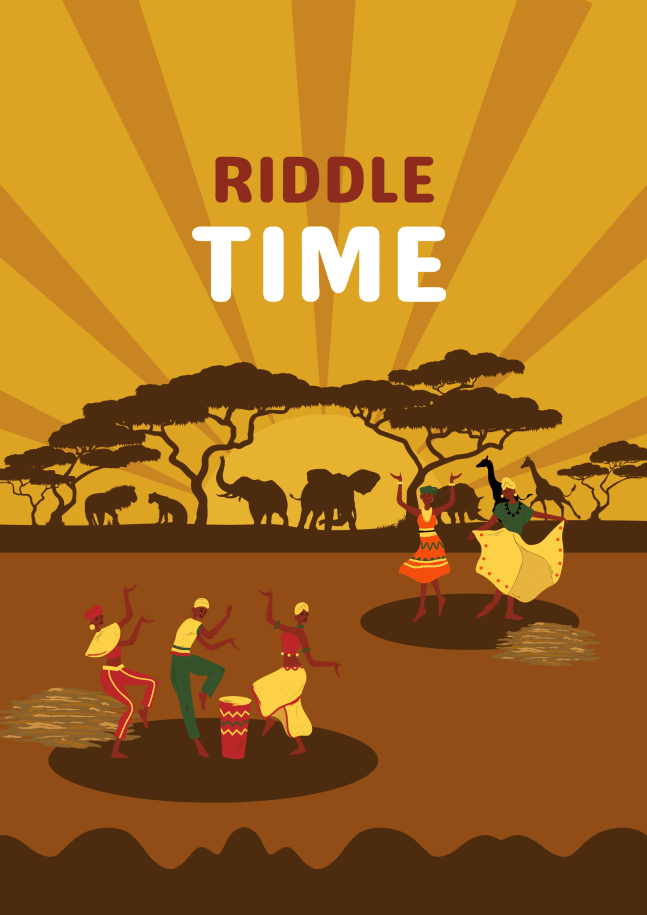
In the 12th-century in Yorubaland(Southwest Nigeria), the people of the Ile-Ife Kingdom faced several attacks from a neighbouring tribe, the Ìgbò/Ugbos, also known as the forest people.
The people of Ife were tired of the constant looting of their market for properties, staple foods, domestic animals, and the abduction of their people, especially the women. Ther prayed and offered sacrifices to their gods to prevail, but all were unsuccessful.
At the time existed a beautiful woman from Offa, a city in Kwara State known as Queen Moremi Ajasoro, who was married to Oranmiyan, the heir to the first king of Ife, Oduduwa. She wa bothered by these never-ending attacks and could not take them anymore.
The Queen paid a visit to the Esimirin river, where she consulted an Orisha (spirit), as was the custom at the time. She made a pact with the river god, vowing to make the greatest sacrifice once her people were free from oppression.
Filled with divine spirits, Moremi came up with an intelligent plan. On the next market day, she posed as a trader and ensured that she was taken as one of the captives by the raiders. Moremi’s beauty had the Igbo ruler smitten, making her his wife and anointed Queen. Her plan worked perfectly!
After a while, she earned the king's trust, who revealed to her the secret to defeating his raffia-dressed raiders. Contrary to what her people believed that the raffia raiders were spirits, she learnt they were just humans, covered from head to toe with ekan grass and bamboo fibre, disguised as masquerades to strike fear in the hearts of their enemies.
Armed with this information, she escaped to Ile-Ife to reveal it to her people. On the next market day, they waited for the raiders with burning torches. Scared of being burnt alive, the raiders retreated. The raids finally stopped!
After the war, she returned to her first husband, King Oramiyan of Ife, who immediately had her re-instated as his Queen. Moremi then visited the Esimirin River to pay her offering.
The river god demanded that she sacrifices her only son, Oluorogbo, to fulfil her end of the bargain. The demand was beyond belief for Moremi, but she kept her promise and paid the price. This sacrifice grieved not only Moremi but the whole kingdom of Ife. The Yoruba people consoled Moremi by offering to be her eternal children.
To celebrate her bravery and great sacrifice, the people of Ife started the Edi Festival, where people dress in raffias and get chased around by torchbearers.
A 42 feet statue of her, popularly known as the "Queen Moremi Statue of Liberty," the tallest statue in Nigeria, and the fourth tallest in Africa, was also erected in 2016 by Oba Ogunwusi in the Ife palace.
Additional Resources
Segun Thomas Ajayi (2007). Moremi, the Courageous Queen. Indiana University (Publications Limited).
Bodunrin, Sola (2018-05-31). "Moremi Ajasoro: The woman who used her beauty to save her people where men failed". Legit.ng - Nigeria news. Retrieved 2021-09-23.
The story of Moremi Ajasoro". Dakingsman.com. Retrieved 23 September 2021.
Join the Lughayangu Community!

